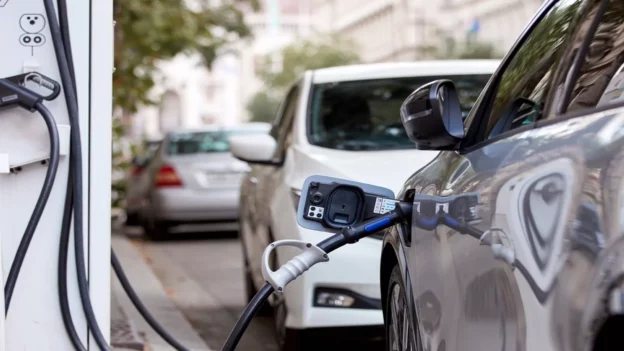According to a recent report by the European Automobile Manufacturers Association (Acea), there is a significant disparity between the public charging points currently available for electric vehicles in the European Union and those needed to achieve CO₂ emissions reduction goals. In view of the situation, the European Union will have to increase the number of annual charging point installations eight times to meet the objectives established for 2030.
Many electric cars and few charging points
Acea has pointed out that although the sale of electric vehicles has increased significantly , the charging infrastructure has not grown at the same rate. Between 2017 and 2023, the growth rate of electric car sales was three times higher than that of new charging points. This underlines the need for massive expansion in the coming years to avoid a bottleneck in EV adoption.
Last year, approximately 150,000 new charging points were installed across the European Union, bringing the total to more than 630,000. However, The European Commission has estimated that around 3.5 million charging points should be established by 2030. To achieve this goal, it is necessary to install about 410,000 new points annually, which represents almost triple last year’s installation rate.
Acea urges to accelerate the installation of charging points in the EU
According to Acea estimates, approximately 8.8 million charging points will be needed by 2030 to meet expected demand. This would involve installing 1.2 million charging points each year, a figure that is eight times the current installation rate.
Sigrid de Vries, CEO of Acea , emphasized the importance of rapid expansion of charging infrastructure to facilitate the widespread adoption of electric vehicles and achieve CO₂ reduction targets across the EU. De Vries also warned of the risk that the gap in charging infrastructure could widen much further than expected unless investments in this sector are increased.
Opportunity and responsibility in the goal
It is imperative that investments in public charging infrastructure are urgently increased to close the existing gap and meet the European Union’s climate commitments.
But the growing need for infrastructure for these vehicles also presents a unique opportunity for innovation in fast charging technologies and wireless charging solutions, which could further accelerate the transition to sustainable mobility.
Follow us on social networks and don’t miss any of our publications!
Inspenet.com YouTube LinkedIn Facebook Instagram X
Source: elperiodicodelaenergia.com
Photo: Shutterstock

